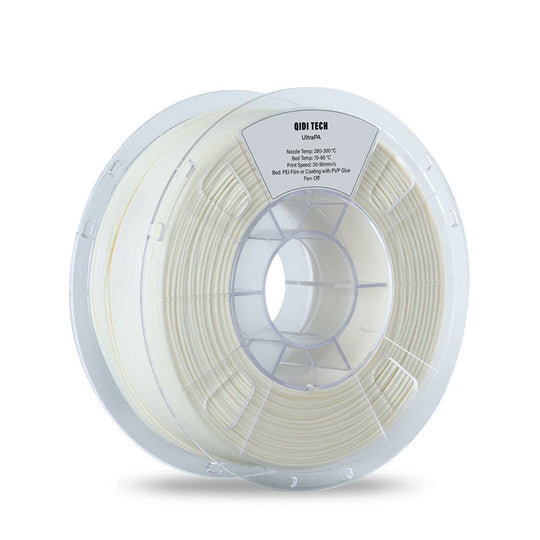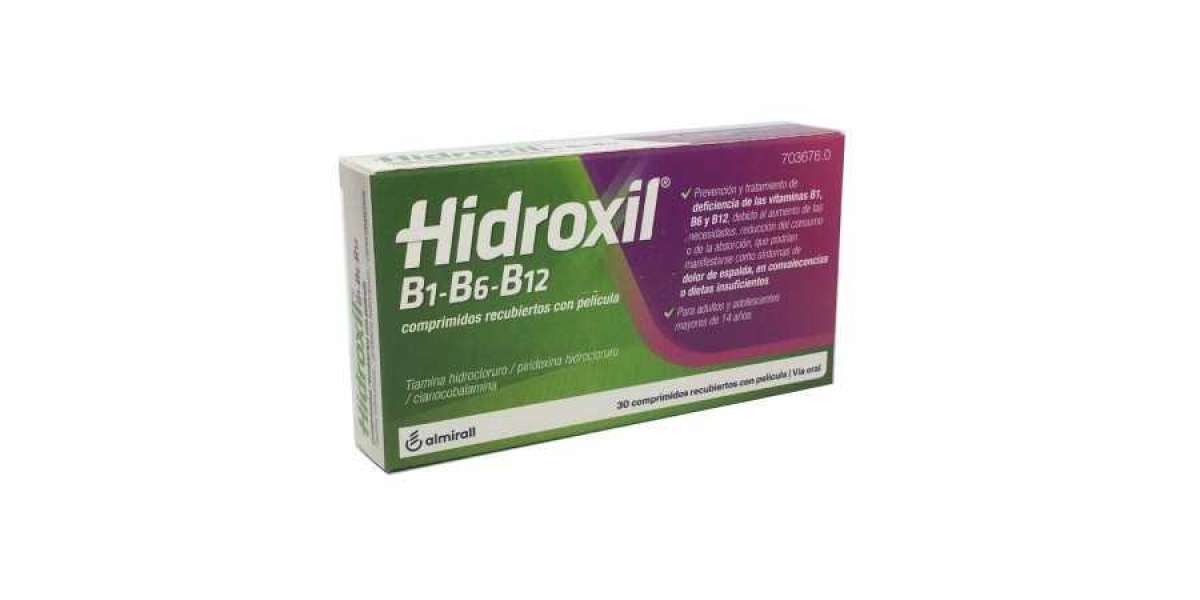In the world of 3D printing, the choice of filament can significantly impact the quality and functionality of your prints. Understanding the versatile 3D printer filament options available is essential for both beginners and seasoned makers. This article delves into five popular filament types, highlighting their unique properties and applications.

1. PLA (Polylactic Acid)
PLA is one of the most commonly used filaments in 3D printing. It is made from renewable resources like corn starch, making it an eco-friendly choice. Its ease of use and low warping characteristics make it ideal for beginners. But what makes PLA truly versatile?
- Low printing temperature (180-220°C)
- Available in a variety of colors and finishes
- Biodegradable, contributing to sustainability
For those looking to create intricate designs with minimal hassle, PLA is a go-to option.
2. ABS (Acrylonitrile Butadiene Styrene)
ABS is another popular filament known for its strength and durability. It is often used in industrial applications due to its resistance to impact and heat. If you are considering using ABS, keep in mind the following:
- Higher printing temperature (210-250°C)
- Requires a heated bed to minimize warping
- Can be smoothed with acetone for a polished finish
These features make ABS a versatile choice for functional prototypes and end-use parts.
3. PETG (Polyethylene Terephthalate Glycol-Modified)
PETG combines the best of both PLA and ABS. It offers excellent strength and flexibility while being easy to print. This filament is particularly popular for creating items that require durability and chemical resistance. Why should you consider PETG?
- Moderate printing temperature (220-250°C)
- Low odor during printing
- Recyclable, enhancing its eco-friendliness
PETG is an excellent option for makers looking for a balance between ease of use and performance.
4. TPU (Thermoplastic Polyurethane)
TPU is a flexible filament that allows for the creation of rubber-like parts. Its elasticity makes it suitable for applications such as phone cases, gaskets, and toys. If you are exploring flexible materials, consider these points:
- Requires a slower printing speed for best results
- Adhesion can be tricky; a well-calibrated printer is essential
- Available in various hardness levels
TPU’s versatility in creating soft, flexible parts makes it a valuable addition to any maker's toolkit.
5. Nylon
Nylon is known for its exceptional strength and durability. It is often used in applications that require high wear resistance. However, it can be challenging to print due to its tendency to absorb moisture. What should you know about using Nylon?
- High printing temperature (240-260°C)
- Requires a heated bed and possibly an enclosure
- Ideal for functional parts and mechanical components
Despite its challenges, Nylon is a versatile 3D printer filament option for those needing robust and durable prints.
Conclusion
Choosing the right filament is crucial for achieving the desired results in your 3D printing projects. The versatile 3D printer filament options discussed here—PLA, ABS, PETG, TPU, and Nylon—each offer unique benefits that cater to different needs. For more specialized filament options, visit .





